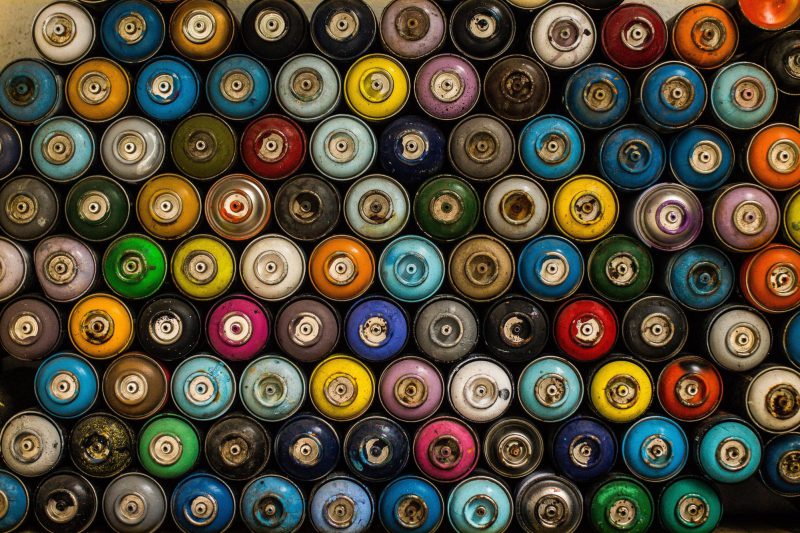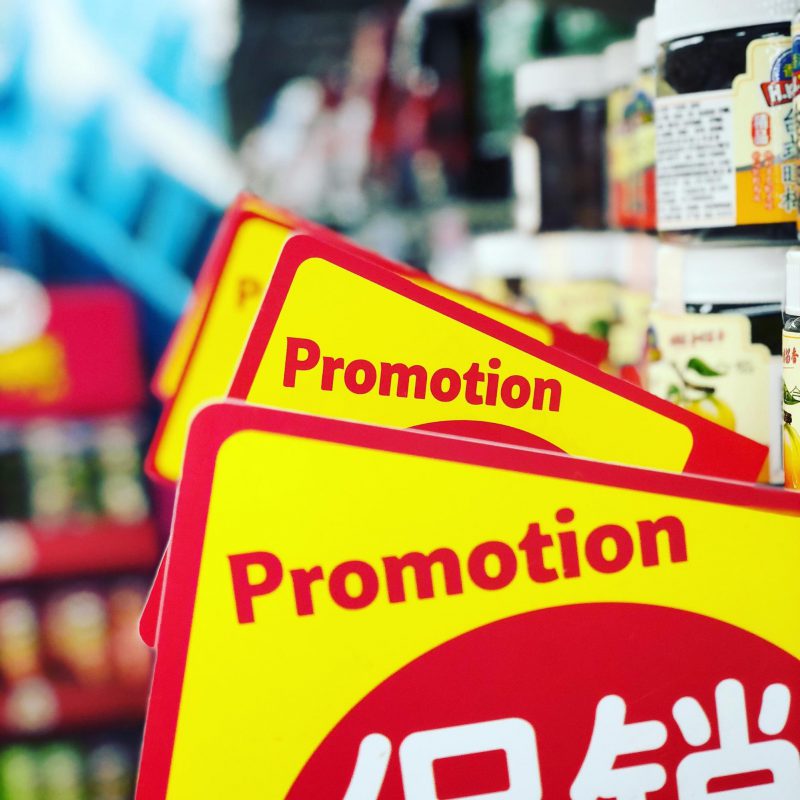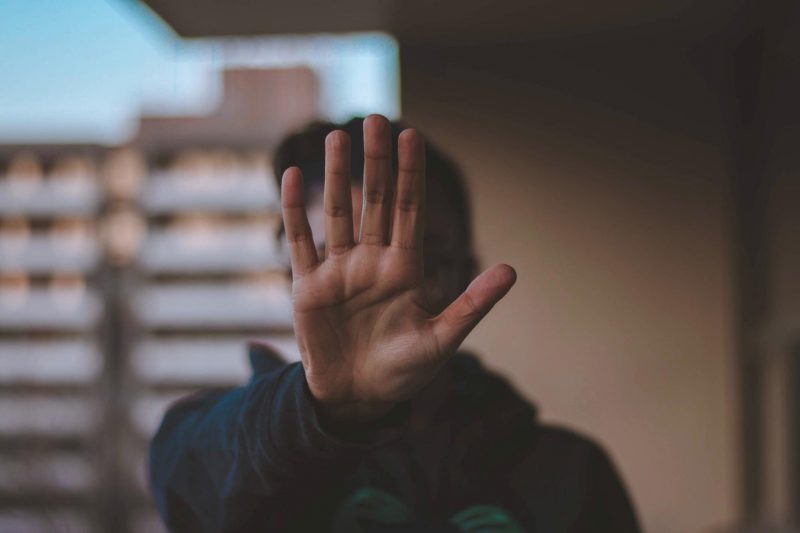Advertisement
7 Tactics Stores Use To Trick You Into Buying Things (And How You Can Avoid Them) (2 of 3)
Advertisement
Packaging Tricks

Thanks to people being more health conscious, businesses have had to be a bit smarter with how they are packaging items. Chances are likely you’ve seen how packaging bottles and candies have changed over the years. But you see that the most with cans of soda or beer. There’s now thinner cans or even miniature sized cans as well. These are all designed to appeal to those looking to lose weight but still getting to enjoy their cheat drinks.
And while some of us may feel like we’ve dodged a bullet, we couldn’t be farther away. In fact, research shows that those of us drinking from smaller cans are more likely to consume more overall. The reason? We trick ourselves into thinking two smaller sized cans is less than one regular sized can. But since so many of us don’t realize it, we actually spend more money buying the smaller cans. After all, we’re clearing through them twice as fast as we were with the regular cans.
Solution: Read The Labels

But pay especially close to the prices and quantity you are getting. Many grocery stores warp our views of proportions in various ways. If a product is smaller, chances are it’s cheaper, but it can end up costing you more if you buy a lot of it. Furthermore, anything that comes in jumbo size may be giving you less for your dollar.
This is all common sense when it’s all written out for you, but when you’re in a grocery store, so many people fall for this trick. Sometimes you’ll get more and spend less if you get two of the regular size item as opposed to paying for one “Jumbo size” or multiple mini items.
Creating A Sense Of Urgency

Grocery stores are good at putting up all kinds of signs and deals for us and we’ve seen them all before. Sale signs that read “While supplies last,” or items that are cheaper than usual but limit how many you can buy. The big question is how do these make you feel? Because for many people these types of deals make them feel like if they don’t buy this right now, they’ll never see it this low ever again.
Another tactic stores will use are “10 for $10” when in actuality these are just dollar deals. However our subconscious tricks us into buying more. “We only get the deal if we buy 10” is what we think when the reality is far from it.
Solution: Recognize When You’re Pushed

Products get bought when we’re either pushed or pulled. When we are pulled, we’re the ones actively looking to buy it. Push, however, happens when a marketer needs to be involved for us to buy the item. The most basic way we see this is through deals or sales.
But it’s not always so black and white. You may have planned on buying this item anyway and you noticed it’s on sale or there is a promotion behind it. That doesn’t mean you should avoid it. Instead, whenever you see an item on sale it’s worth asking “would the company give this away for less if I really wanted it?”
You can also twist the question a bit. Say you saw a sale for 10 for $10. Ask yourself if you saw these exact same items for $1 at Dollar Tree, would you actually buy them? If your answer is “no” then this was a marketing scheme.